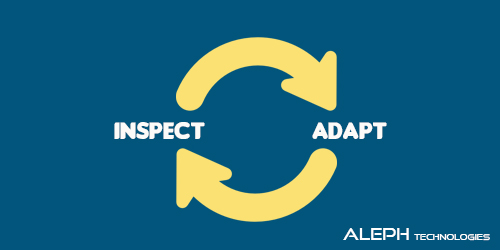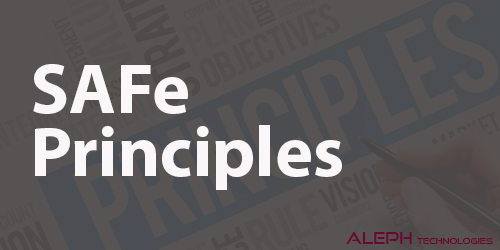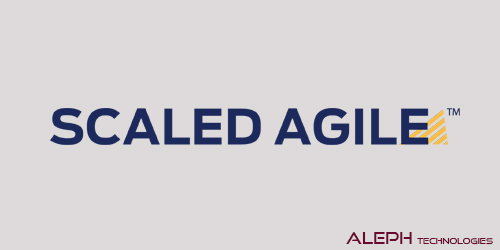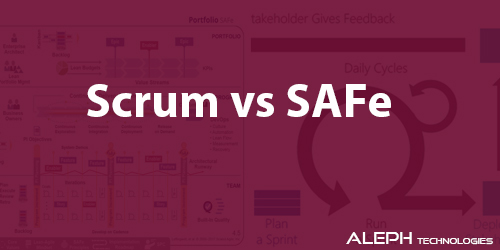Unlocking Continuous Improvement: A Comprehensive Guide to Inspect and Adapt in Agile 🚀🔄
In the dynamic realm of Agile, the Inspect and Adapt (I&A) ceremony marks a pivotal moment, occurring at the culmination of each Program Increment (PI). This event serves as a cornerstone of the SAFe House of Lean, highlighting the significance of continuous improvement. This blog delves into the intricacies of Inspect and Adapt, exploring its three integral components and emphasizing its role in fostering agility.
Inspect and Adapt in Agile: A Closer Look 🕵️♂️🔄
The Three Pillars of I&A
PI System Demo: Showcasing Progress 🌐
- The PI System Demo kicks off the I&A, presenting all features developed during the PI. It stands apart from regular demos, demanding extra preparation and formality.
- Participation extends beyond Agile Teams, with a broader audience, including additional customer representatives, creating a more formal setting.
Quantitative Measurement: Assessing Progress 📊
- The second part involves teams reviewing agreed-upon quantitative metrics, analyzing data, and discussing trends. Program consistency measures play a crucial role, reflecting each team's planned versus actual business value.
- The responsibility of gathering and presenting this data often falls on the Release Train Engineer (RTE) and the Solution Train Engineer.
Retrospective: Learning and Improving 🔄
- Teams engage in a brief retrospective to identify key issues for improvement. Various Agile retrospective formats can be employed, with the goal of pinpointing significant problems.
- Key stakeholders, including Business Owners, customers, and management, join the retrospective, contributing to issue resolution.
Problem-Solving Workshop: Navigating Challenges ✅🕵️♂️📉🔄💡🚀
Agree on the Problem(s) to Solve ✅
- Teams spend time articulating the identified problem, ensuring a shared understanding of the issue's what, where, when, and impact.
Perform Root Cause Analysis: Unearthing the Source 🕵️♂️
- Effective tools like the fishbone chart and the '5 Whys' help in root cause analysis, going beyond addressing symptoms to identify the core issue.
Identify the Biggest Root Cause: Pareto Analysis 📉
- Pareto Analysis, or the 80/20 rule, aids in focusing on the causes with the most significant impact, streamlining efforts for maximum effectiveness.
Restate the New Problem: Clarity in Focus 🔄
- The team succinctly restates the prioritized root cause, ensuring a clear understanding before moving forward.
Brainstorm Solutions: Encouraging Creativity 💡
- A structured brainstorming session generates potential solutions, adhering to the rules of brainstorming and fostering a creative environment.
Create Improvement Backlog Items: Translating Ideas to Action 🚀
- The team votes on the most viable solutions, which become enhancement stories and features slated for inclusion in the upcoming PI planning session.
Inspect and Adapt at the Large Solution Level
- The described approach provides a robust framework for problem-solving within a single program. However, for larger value streams, an additional large solution level I&A workshop may be necessary, following a similar format.





Please login to check comments